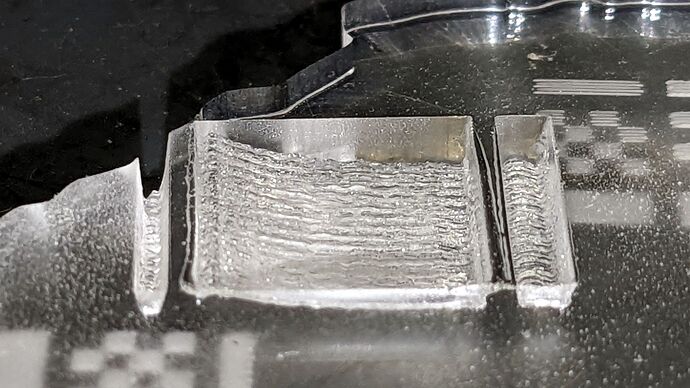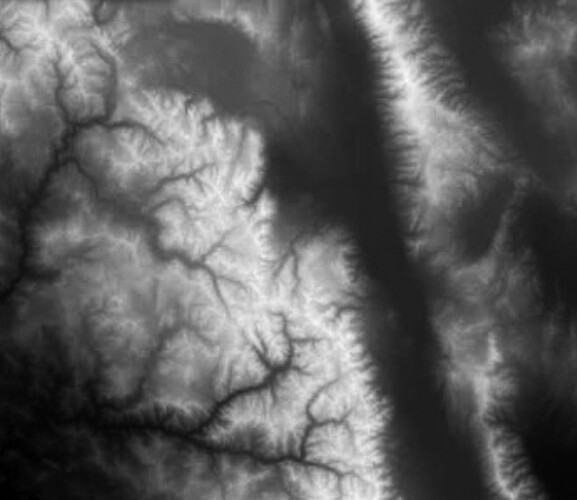I’m considering buying a gantry CO2 laser (brand undecided) and am looking for some advice on a technique I saw at a trade show but haven’t found clear information for since.
What I Want to Do:
I plan to engrave a bunch of different 2”x2” map tiles on various plastics using 256 greyscale to determine engraving depth from 0.0mm to 1.2mm deep based on the greyscale value of each pixel.
Current Method I’ve seen:
I had 2 local shops create some samples a few months back, and it took about 2 hours for each tile (they used both galvo and gantry lasers). One used a 256 greyscale image in LightBurn, to engrave 256 total layers based on the greyscale value. The other converted the 256 greyscale image to an .STL to be used in Ezcad3, also engraving 256 total layers depending on height.
Efficient Method shown at Trade Show:
A salesman was demonstrating a laser with “variable power output” running LightBurn, using a method that would engrave the entire tile in fewer passes. Instead of engraving each 2x2” tile face one layer at a time (256 passes), the laser could engrave 1mm strips (hypothetical width for the sake of explaining), embedding all 256 “layers”/depths in a single pass based on the greyscale values, where darker pixels trigger higher power and lighter pixels, lower power. This method could reduce the total passes from 256 to around 50.
From what the salesman was explaining, the individual strips/passes would be slower, but overall the entire piece would be completed faster than the traditional 256 pass method.
Power Scaling:
I’ve seen the Power Scaling feature mentioned in LightBurn forms, from my understanding it looks to be more for finding the power range your laser/engraving material works best with (not to light, and not to strong to melt/burning the piece), rather than varying the power dynamically based on the image’s greyscale during the engraving process.
My Question:
Does anyone know if a gantry CO2 laser with variable power output, running LightBurnis able to vary the power dynamically while engraving, to engrave all 256 “layers” in one pass over multiple strips to complete the piece?
If not, does anyone have any other techniques or machine to speed up the engraving process, because 2-3 hours a piece isn’t worth it when I need to cut over 100 of them.
Thank you so much for the help, I’m just getting into all this and it is overwhelming how much there is to learn!


